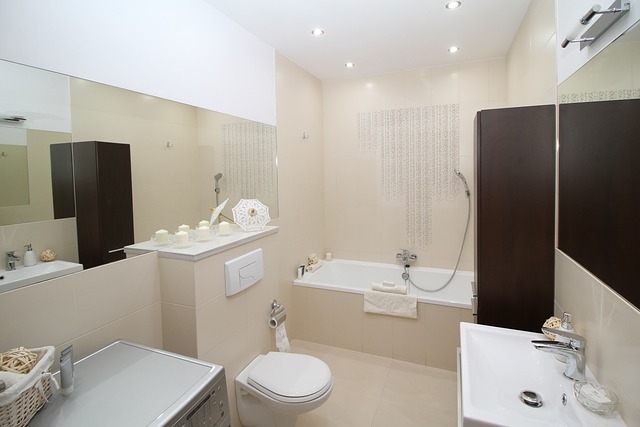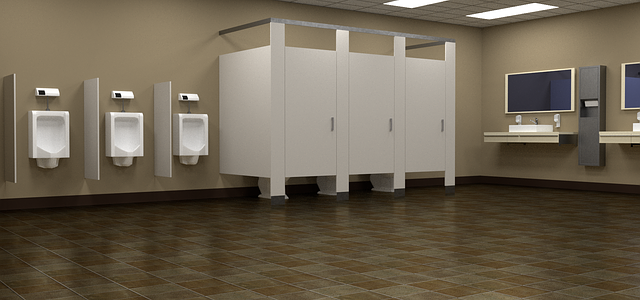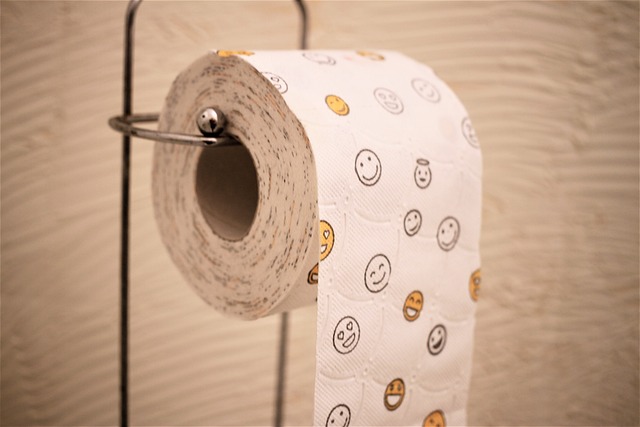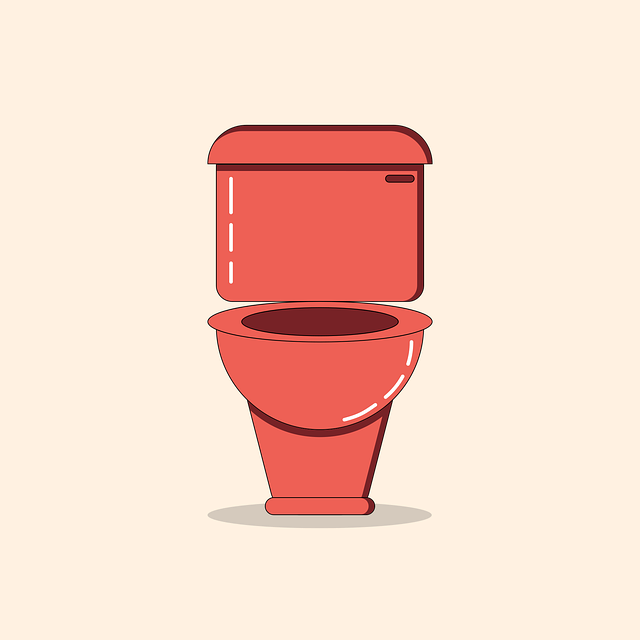Toilet installation involves a series of precise steps from floor preparation to final maintenance. Key aspects include selecting the right toilet for space and aesthetics, accurate measuring, proper waterproofing, adherence to building codes, high-quality sealing, and regular inspections. Mistakes like improper leveling or inadequate ventilation can lead to costly repairs. Using the right tools and materials ensures smooth drainage, prevents leaks, and conserves water. Optimal venting through vent pipes facilitates efficient draining and odour prevention. Regular maintenance after installation is crucial for longevity and functionality.
Toilet installation is a crucial task that requires careful planning and precision. Whether you’re tackling a replacement or new construction, understanding the basics is essential. This comprehensive guide covers everything from choosing the right toilet for your space to navigating drain connections and proper venting. Learn how to avoid common mistakes, follow step-by-step instructions, and implement best practices for water-saving toilets. By the end, you’ll be equipped with the knowledge to ensure a successful installation.
Understanding Toilet Installation Basics

Toilet installation is a task that requires careful planning and knowledge of the basic steps involved. Understanding the toilet installation basics is crucial before diving into any DIY project or hiring a professional plumber. The process starts with preparing the floor, which involves ensuring it’s level and strong enough to support the weight of the toilet. This often includes adjusting the subfloor and installing a waterproof membrane to prevent leaks.
Next, the drain pipe needs to be connected to the toilet’s waste outlet, creating a sealed connection to manage proper water flow. The toilet is then carefully positioned on the floor, with its mounting hardware secured in place. Leveling the toilet is essential for both functionality and aesthetic appeal, ensuring it sits evenly and straight. From there, the supply lines for water are connected, providing the necessary influx for flushing mechanisms.
Choosing the Right Toilet for Your Space

When undertaking a toilet and drain installation, selecting the appropriate toilet for your space is a crucial first step. Consider the size and dimensions of your bathroom to ensure a perfect fit. Modern toilets come in various styles and designs, from compact models ideal for small spaces to larger, more traditional options that offer extra features like dual flush mechanisms or sophisticated finishes.
The right toilet should not only complement your bathroom’s aesthetic but also suit your daily needs. Think about factors such as water efficiency, which can be enhanced by low-flow toilets, and additional comforts provided by models with built-in bidets or heated seats. With a range of options available, choosing the perfect toilet for your Toilet Installation project is key to achieving a functional and stylish bathroom.
Measuring and Preparing for Installation

When preparing for toilet installation, accurate measuring is crucial. Start by assessing your bathroom space and identifying the ideal location for the new toilet. Measure the existing floor space to ensure there’s enough room for both the toilet and its surrounding area. Consider factors like clear space for sitting, room for a trash can or bidet, and adequate clearance for doors or windows nearby.
Next, gather essential tools and materials, including measuring tape, a level, and any required accessories. Prepare your bathroom by clearing the designated area of furniture or obstructions. Remove any old fixtures carefully, taking note of how they’re connected to ensure proper disposal or recycling. This meticulous preparation will streamline the installation process for a seamless Toilet Installation.
Uncovering Common Toilet Installation Mistakes

Toilet installation is a seemingly simple task, but it’s surprisingly easy to make mistakes that can lead to costly repairs or uncomfortable experiences down the line. One common error is improper leveling, which can cause the toilet to rock or not flush correctly. Always double-check the toilet’s levelness before securing it in place. Another frequent mistake involves inadequate waterproofing. A poorly sealed connection between the toilet and the drain can result in leaks, leading to water damage and mold growth. Using a high-quality wax sealant specifically designed for toilets is crucial to prevent these issues.
Additionally, ignoring local building codes can lead to installation problems. Each region has specific regulations regarding plumbing installations, including toilet placement and drainage systems. Ensuring your setup complies with these codes ensures a safe and legal connection to the main sewers or septic systems. Neglecting proper ventilation is another frequent oversight; adequate ventilation prevents sewer gas from entering your home and ensures smooth drainage.
The Step-by-Step Guide to Installing a New Toilet

Installing a new toilet is a straightforward process that can be completed in just a few simple steps. First, turn off the water supply to your toilet by locating and closing the shut-off valves beneath the bathroom sink or in the basement. Then, remove the old toilet by unscrewing the bolts that secure it to the floor and gently lifting it out of place. Once the old toilet is removed, clear away any debris or remaining bits from the toilet base and ensure the floor is level.
Next, position the new toilet onto the base, ensuring all openings align with the drain pipes and water supply lines. Secure it in place with new bolts and tighten them according to the manufacturer’s instructions. Connect the water supply lines, re-opening the shut-off valves, and test the water flow. Finally, attach the drain pipe, ensuring a secure fit, and check for any leaks before finalizing the installation by adding the toilet seat and hardware.
Troubleshooting Drain Connection Issues

When installing a toilet, one of the most common issues that can arise is drain connection problems. This can be attributed to various factors such as improper pipe sizing, incorrect slope, or a broken seal. If water is not draining properly, check the drainage system and ensure all connections are secure and aligned correctly. Often, a simple adjustment or replacement of worn-out parts can fix these issues.
For instance, if the drain trap (also known as a P-trap) is damaged or improperly installed, it can cause clogs or water leaks. Inspecting and replacing this component might resolve many drain connection problems. It’s crucial to use the right tools and materials during installation to avoid such troubleshooting in the future. Proper Toilet Installation requires attention to detail to ensure smooth drainage and prevent common issues that could disrupt your plumbing system.
Ensuring Proper Plumbing Venting

Proper plumbing venting is an essential component of any successful toilet installation. Vent pipes serve as a crucial airway for wastewater, allowing it to flow smoothly from your home’s plumbing system to the sewer or septic tank. Insufficient ventilation can lead to various issues, such as clogs, slow drains, and even water damage. During toilet installation, ensure that vent pipes are adequately positioned and connected to allow proper air circulation. This typically involves running a vent line from above the toilet, through the ceiling or wall, and connecting it to the main plumbing vent stack.
When installing new toilets, pay close attention to the height and slope of the vent pipe. The vent should be higher than the toilet’s drainage point but not too steep, as this could affect water flow. A well-ventilated system promotes efficient draining, prevents odours, and reduces the risk of pipeline damage caused by pressure buildup. Remember, proper venting is a critical step in any toilet installation project to ensure your plumbing system functions optimally and reliably.
Best Practices for Water-Saving Toilets

When installing a toilet, prioritizing water conservation is not just an eco-friendly choice but also a wise long-term decision. The best practice for water-saving toilets begins with understanding your local plumbing codes to ensure compliance. Many areas now mandate low-flow or water-efficient models, reducing the standard 3.5 gallons per flush (gpf) to as low as 1.6 gpf. These regulations are in place due to the significant impact of residential toilet usage on overall water consumption—accounting for approximately 20% of an average household’s water bill.
During toilet installation, opt for models with high-efficiency flushing mechanisms, like gravity-fed or pressure-assisted systems, which use less water while maintaining powerful flush performance. Consider advanced technologies such as dual-flush toilets, allowing users to select a full or half-load depending on the waste volume. Additionally, proper installation techniques, including sealing all joints and ensuring a secure fit, prevent leaks that can waste precious water over time.
Final Checks and Maintenance Tips

After completing the toilet and drain installation, it’s crucial to perform final checks to ensure everything is functioning correctly and safely. Start by inspecting all connections for any signs of leaks or loose parts. Turn on the water supply and check both the toilet and drains to make sure they’re filling and draining properly. If you spot any issues, address them promptly using appropriate tools and materials.
Regular maintenance is essential for a seamless Toilet Installation experience. Keep a regular cleaning routine to prevent clogs and ensure optimal performance. Use enzyme-based cleaners or natural remedies like baking soda and vinegar to maintain the health of your drains. Additionally, periodic inspections can help identify potential problems early on, making repairs more manageable and cost-effective.
